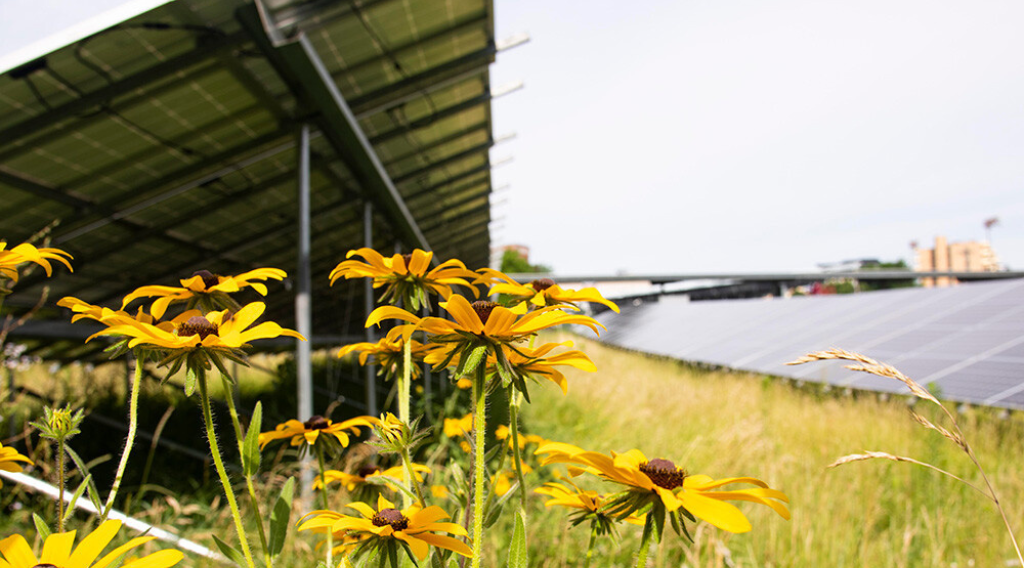
I am excited to share that my colleagues and I have developed a new approach for cities to achieve their energy and climate goals more quickly and affordably: climate action work plans. These work plans are intended to support cities in setting near-term targets by creating an implementation schedule with specific steps for completing high-impact actions.
The need to address climate change is urgent and people are already experiencing the negative impacts of a changing climate, from the severe flooding of Midwestern farmland to the wildfires in Australia. To scale up climate solutions more quickly, we have to rethink our approach to how cities do climate action planning.
Why we need to move toward near-term implementation
Cities across the country, including five in Minnesota (where GPI is based), have developed comprehensive climate action plans which require a significant investment in time and money. While long-term planning plays an important role in city planning—including on climate, energy, and resilience—the challenge of climate change also requires urgent, near-term action.
Given the urgency for cities to accelerate their emissions reductions, climate action planning must shift toward more action and less time-intensive planning.
Climate action work plans can bring about near-term benefits while positioning cities for a more resilient future
Climate action work plans are designed to be agile and focus on a community’s near-term priorities that will result in demonstrable impact while still containing many of the same elements and structure of traditional plans.
Using what GPI has learned from working with cities to develop and write climate action plans in Minnesota, we’ve designed a process for developing a climate action work plan can be more streamlined, allowing cities to move to implementation faster.
To complement the climate action work plan process, we designed several tools (shown in figure 1) that will support cities with stakeholder engagement, tracking progress, and communicating success.
We are committed to ensuring that cities implement their plans to benefit all community members, and that is why the engagement tool is particularly important. The engagement tool helps cities better understand the impact of actions, including who benefits and who loses—so that they can have meaningful conversations that lead to equitable outcomes.
Figure 1. GPI climate action work plan toolkit

Long-term planning + near-term action: Benefiting today’s communities and future generations
By integrating climate and energy in local planning efforts and identifying—and implementing—near-term actions, cities can achieve a more resilient, healthy community for current residents, organizations, and businesses while also getting on a path to achieve long-term energy and climate goals.
A climate-friendly future is a hopeful future. One where we can envision a world with a range of mobility options, trees lining every street, healthy homes and air, and access to jobs in a clean energy economy that support families and communities. Let’s get there faster.
Interested in learning more about climate action work plans and other services? Contact Abby Finis at [email protected] to find out more about how your community can reach its energy planning, sustainability, and climate action goals. You can also learn more about the services we provide on our Consulting and Services web page.


